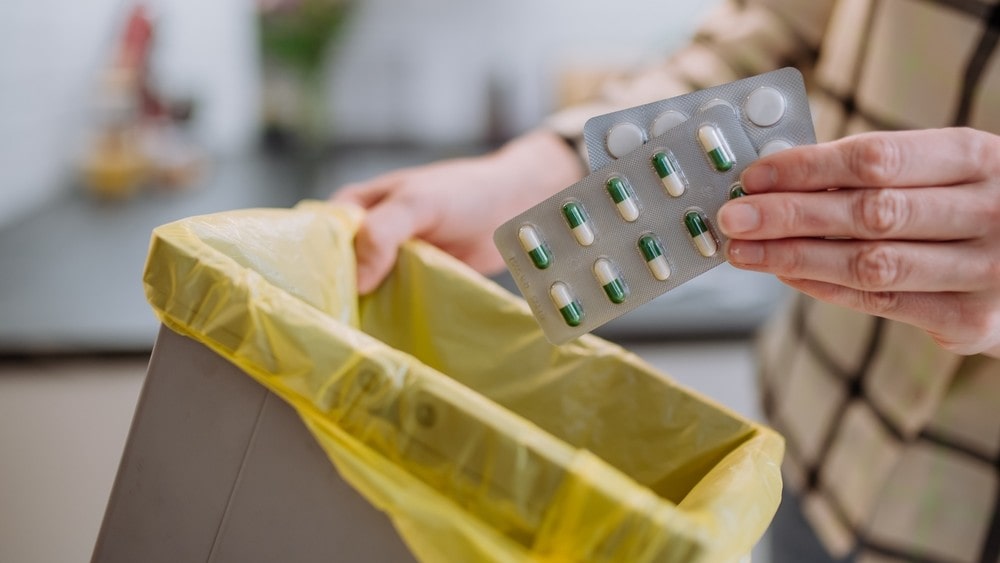Pharmaceutical wastewater usually contains active pharmaceutical ingredients, excipients, solvents, chemicals, grease, and oil. It must be therefore treated in the right way to remove the toxic materials and avoid pollution of groundwater or other water bodies in the area.
An effluent treatment plant consists of the following modes
of treatment.
1. Preliminary treatment through filters to remove
particulate matter and floating solids, and allow only wastewater to enter the
collection tank.
2. Aeration of collected water which then flows to the neutralization
tank.
3. Adjust of pH of the water to a neutral level (pH 6 to 7)
by adding lime or aluminum bisulfate, and then water is pumped into the settling
tank.
4. Flocculation and coagulation is achieved by the addition
of alum and polyelectrolyte solutions with continuous aeration. Coagulated
material in the form of sludge settles at the bottom of the tank, and effluent
is sent to the septic tank.
5. Addition of nutrients to the septic tank to promote the growth
of bacteria that will bring about biological degradation of organic materials
present in the effluent. The sludge produced is again separated and effluent is
sent to an activated carbon filter to remove any coloring matter.
6. Clear, treated wastewater that is obtained may be used
for the irrigation of plants on the premises.
